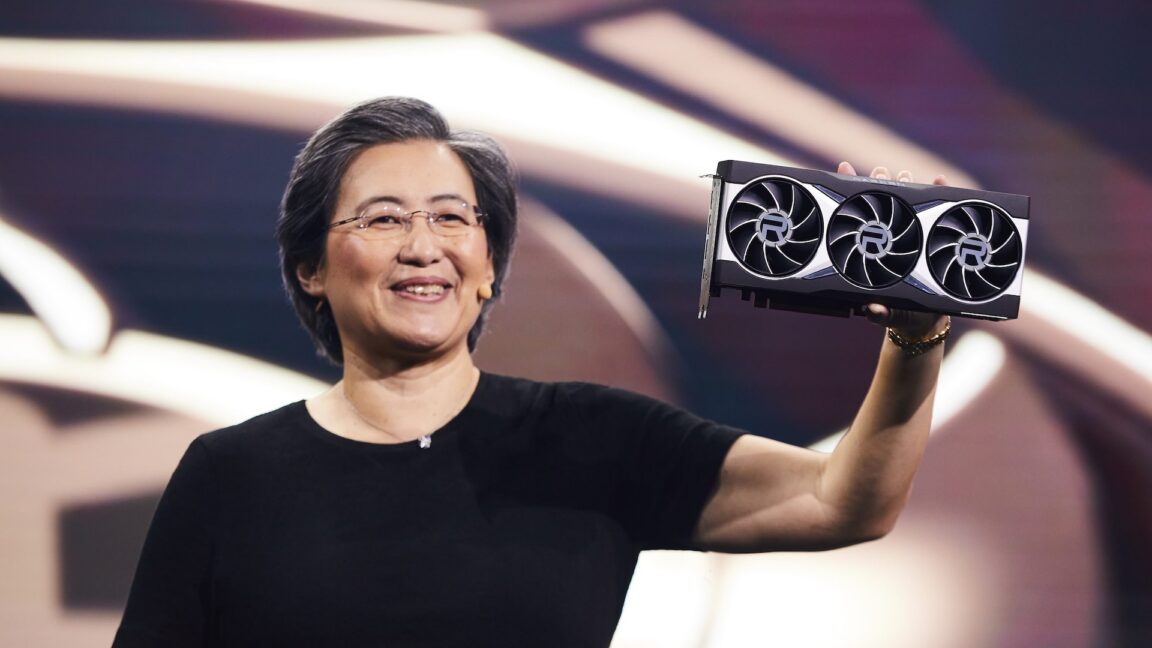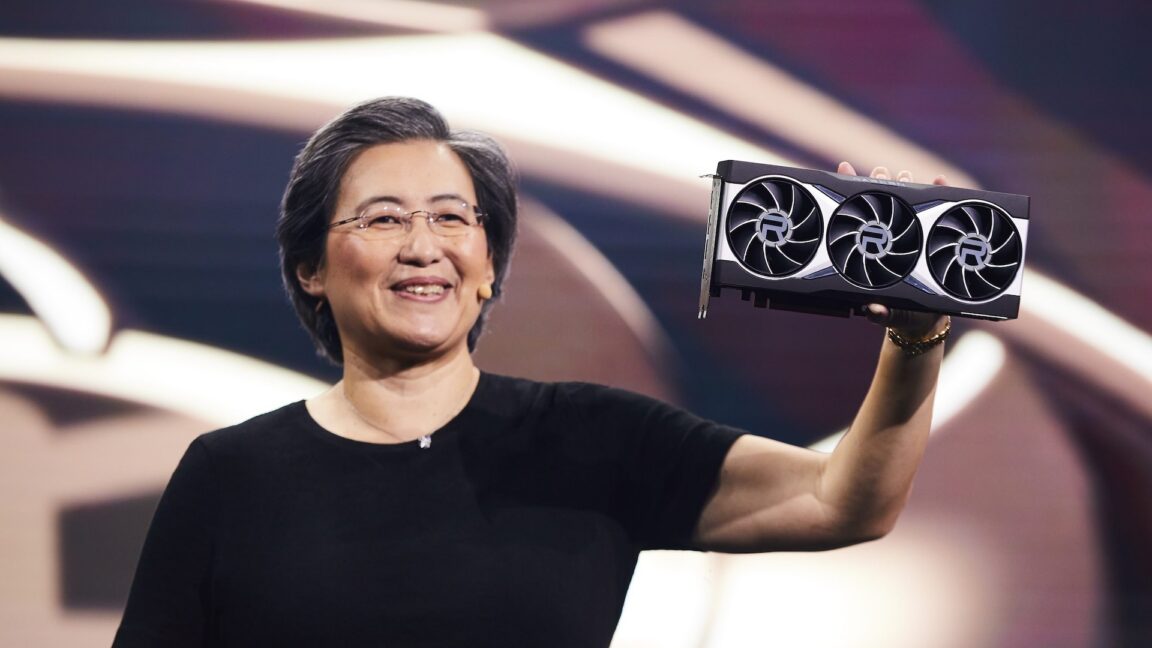
The notes for the 25.10.2 Adrenalin update have also removed Windows 10 from the “compatible operating systems” list, now only mentioning Windows 11 21H2 and newer. However, AMD confirmed to Windows Latest that driver packages will continue to support Windows 10 for the foreseeable future. The company mentioned that Windows 10 is not included in the release notes because Microsoft has officially ceased support for the OS, but home users on Windows 10 can secure an additional year of updates with relative ease. Microsoft will keep providing support for the OS in businesses, educational institutions, and other large organizations at least until 2028.
What’s the commotion about?
If AMD were to lessen or eliminate support for the Radeon 5000 and 6000 series GPUs, it would reflect poorly, especially since Nvidia still backs the GeForce RTX 20 and 30 series graphics cards introduced in the same time frame from 2019 to 2022. However, the cessation of support could have been even more detrimental for gaming handhelds and budget PCs with integrated graphics.
Notably, the RDNA 2 architecture has had a lengthy and ongoing usage as an integrated GPU, even in systems that are specifically marked and sold as gaming PCs. Due to the fact that numerous AMD and Intel lower-end processors are simply rebranded iterations of older silicon, AMD keeps introducing “new” products that feature RDNA 2 GPUs. For instance, the RDNA 2 architecture is what Valve has employed in the Steam Deck since 2022, and Microsoft and Asus’ recently-launched ROG Xbox Ally series also features an RDNA 2 GPU in its entry-level variant.
The last instance of AMD formally reducing its GPU driver support occurred in 2023, when drivers for its Polaris and Vega architectures were moved to a different package that would receive only sporadic “critical updates.” At that time, AMD had released its final dedicated Vega GPU just four years earlier, and several lower-end desktop and laptop CPU models still included Vega-based integrated GPUs.
For the Steam Deck and other SteamOS and Linux systems, the situation appears unchanged, regardless of the developments with Windows drivers. Phoronix highlights that the Linux driver package for AMD’s GPUs has always been managed separately from the Windows drivers, with GPU architectures significantly older than RDNA 1 continuing to receive official support and occasional enhancements.

